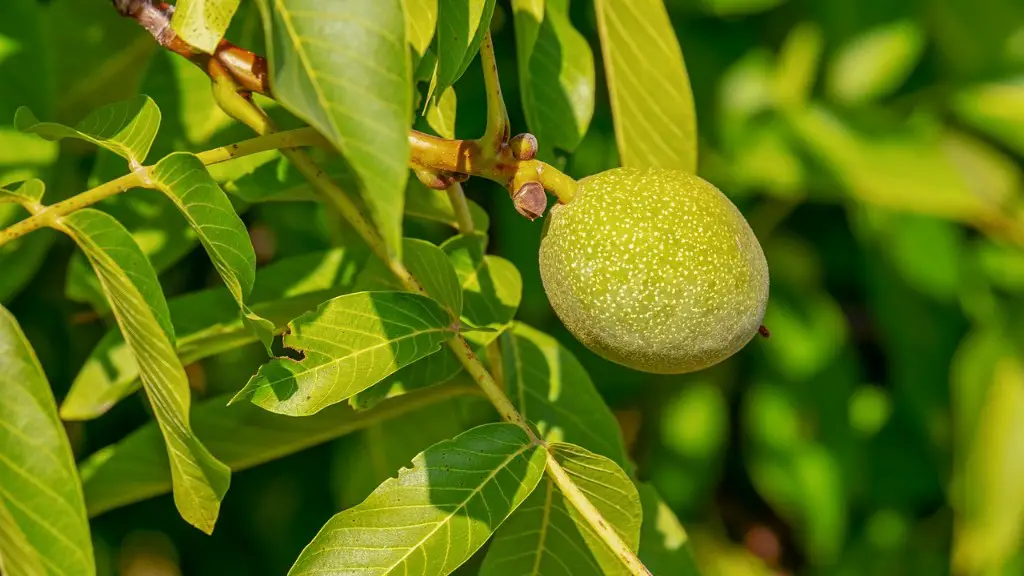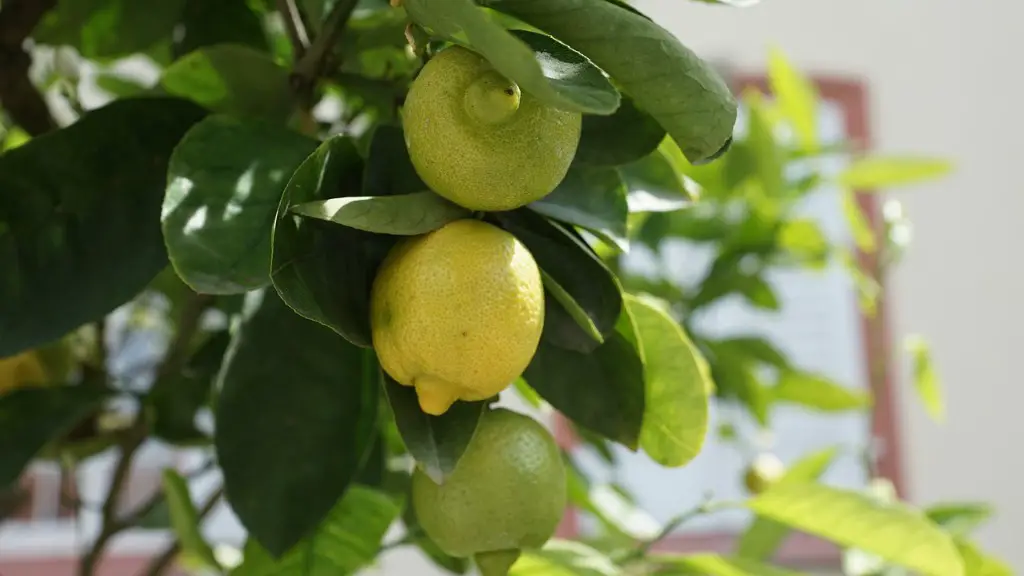The palm tree is a type of tree often associated with the tropics and subtropics. It is the most iconic symbol of tropical vacations, beachfront destinations and long, lazy holidays in paradise. With its lush foliage and shapely trunk, the palm tree often stands alone in a tropical landscape, making its presence felt and creating a sense of awe.
Palm trees are unique among all other tree varieties in that they are monocots, meaning they are flowering plants with a single main stem, as opposed to dicots, trees that have two main stems. The palm tree’s distinct trunk is formed from the plant’s overlapping sheaths. Palm trees are divided into two major categories, fan palms and feather palms. Fan palms show a symmetrical fan of fronds that protrude from the crown shaft, while feather palms are divided into more feather-like versions.
Palm trees are found all around the world in warm tropical climates, from the Sahara Desert and Arabian Peninsula in the north to Brazil in the south, as well as southern regions of the United States and most Pacific islands. Among the various species, the coconut palm is one of the most common and widely grown, used for its edible nuts and oil, as well as for ornamental purposes. Other popular species include the date palm, royal palm and the cabbage palm, all of which are important to the economies of their respective regions.
The palm tree is a typically salt-tolerant species, making it an ideal choice for landscapes on the coast or near the beach. It is also valued for its fast-growing capabilities, ranging from between 10 and 20 feet per year, depending on the species, soil and climate. Many species of palm tree can tolerate colder temperatures down to 28 degrees Fahrenheit before showing signs of burning or dying.
Experts emphasize the importance of proper maintenance when it comes to taking care of palm trees. Cold temperatures coupled with lack of sufficient moisture and nutrient supply can lead to browning or yellowing of the leaves, which can eventually lead to death. Additionally, over water, insufficient light, and the presence of pests and diseases can contribute to the death of the tree. In some areas, the nutrients and minerals in the soil must be monitored and adjusted regularly in order to ensure the longevity of the tree.
The palm tree is an enduring symbol of the tropics and a beautiful, striking addition to any landscape or garden. It is an ambitious project that, with proper care and maintenance, can be enjoyed by generations to come.
Types Of Palm Trees
Palm trees can be divided into broadleaf and fan palms. Within each of these categories are several different types of palm trees, each with its own characteristic features and growing requirements. Some of the most common types of fan palms include the Date palm, Areca palm, Fan palm, and Canary Island Date palm. While broadleaf palms are often called Feather palms and include the Sago palm, Queen palm, Silver Bismark palm, Pindo palm and Windmill palm.
The Date palm, or Phoenix dactylifera, is a tall, single-stemmed palm tree, with a green crown shaft and a graceful arrangement of feathery fronds. This species is native to western and tropical Africa, southern Europe and western Asia, and is particularly valued for its edible fruit, the date.
The Areca palm, or Dypsis lutescens, is a clumping palm native to Madagascar. This species is fast-growing and has a graceful and feathery crown of arching leaves with yellow to orange-yellow petioles. It is often used in gardens and landscapes as an ornamental.
The Fan palm, or Ravenea rivularis, is a medium-sized, slow-growing and evergreen palm native to parks and gardens around the world. It has a distinctive and symmetrical fan-like crown of foliage and long, deep green leaves. It can add years of beauty and exotic flair to any garden.
Finally, the Canary Island Date palm, or Phoenix canariensis, is a large, single-stemmed palm tree and one of the most recognizable species due to its strong and symmetrical trunk with long, blue leaves. This species is native to the Canary Islands and is well-suited to areas with warm climates, as it prefers temperatures above 28 degrees Fahrenheit. It is often used in gardens and landscapes around the world.
Care And Maintenance
Proper care and maintenance is key to keeping a palm tree healthy and vibrant. As the palm tree is an evergreen, it requires regular watering and feeding throughout the year. Watering should be done more frequently during the hot summer months and less frequently during the winter. A well-draining soil mix should be used, as well as mulch to help retain moisture. Palm trees also require regular fertilization, as the highly-mineralized soil in its natural environment is difficult to replicate in a home garden or landscape. Fertilizers should be applied in spring and summer, with a slow-release or organic fertilizer recommended.
Palm trees are also susceptible to pests and diseases, so regular checkups are recommended. Common pests include scale, whiteflies and mites, while diseases can range from lethal yellowing and bud rot to sunburn and root rot. In some cases, a pest or disease may require the removal of the infected area, while in other cases, a specialized fertilizer or pesticide may be necessary. Additionally, regular pruning is important as it helps to keep the palm tree healthy and encourages new growth.
Uses
Palm trees are prized for their versatile uses and can be used for ornamental, food, fiber and other purposes. Ornamental palms are particularly popular, as they can add years of beauty and exotic flair to any landscape or garden. The Date palm, for example, is often used as an ornamental due to its striking form and graceful arrangement of dark green fronds. Coconut palms are valued for their edible fruits, while palms such as the queen, royal and areca are used for both ornamental and food purposes.
The palms bark can be used as a fiber in local materials, including ropes, mats, baskets and furniture. The trunk of the palm tree is often used in construction and can be an important source of income for many communities. The oil from the seeds of the palm tree can also be used in a variety of applications, including cooking and cosmetics.
History
Palm trees have been part of human history since ancient times, with depictions of palm trees found in Egyptian hieroglyphs. The palm tree has long been a symbol of peace, victory and prosperity, and has been used in religious ceremonies by a variety of cultures around the world. In the Middle East, it is often associated with mamnoon, which is the Arabic word for “blessed”, and in India, it is often associated with fertility, abundance and prosperity.
In the Western world, palm trees have become increasingly popular as ornamental plants in both residential and commercial landscaping. In the tropics, the coconut palm is an important crop for food and many areas depend heavily on the cultivation of the palm tree for sustenance. As a reminder of relaxation and adventure, the palm tree continues to be an enduring symbol of the tropics and a beautiful addition to any landscape.


